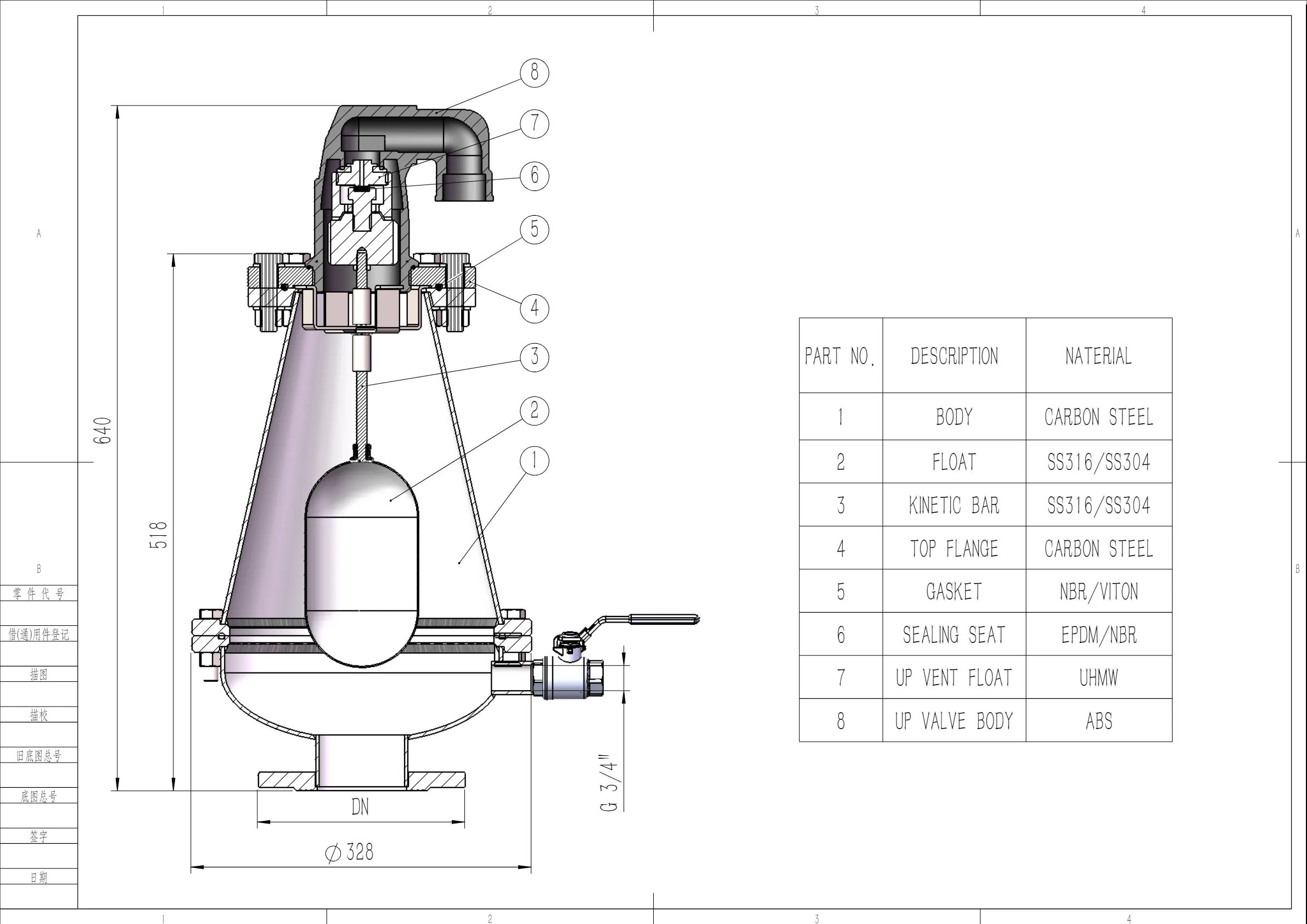Steel Gully Grid Design for Efficient Water Drainage Solutions
Understanding Steel Gully Grids Importance and Applications
In the realm of civil engineering and infrastructure development, steel gully grids have emerged as a critical component in the effective management of surface water drainage. These grids serve as essential structures designed to collect and redirect rainwater and surface runoff, thereby preventing water accumulation in urbanized areas and protecting infrastructure from potential flooding.
Steel gully grids are primarily made from high-quality steel, chosen for its durability and strength. This material ensures that the grids can withstand heavy loads, including vehicular traffic and environmental wear. Unlike their plastic or concrete counterparts, steel grids offer a longer lifespan and can resist rust and corrosion, especially when treated with protective coatings. Their resilience is vital in urban settings where the grids face constant pressure from traffic and weathering.
The design of steel gully grids typically includes a series of slots or openings that allow water to flow through while filtering out debris and sediment
. This functionality is crucial for maintaining clean drainage systems, as clogs can lead to water pooling and increased flood risk. Additionally, many steel gully grids are designed with safety in mind, featuring slip-resistant surfaces to reduce the risk of accidents, especially in wet conditions.In terms of installation, gully grids are often integrated into roadways, parking lots, and other paved surfaces. Proper placement is essential; grids are strategically located at low points and areas where water tends to accumulate more readily. The effectiveness of gully grids is further enhanced by their connection to a network of drainage pipes that transport collected water to retention basins or stormwater treatment facilities. This system plays a significant role in urban flood management and helps to minimize the environmental impact of urban runoff.
steel gully grid

Beyond functionality, steel gully grids also contribute to the aesthetic appeal of urban landscapes. Many modern designs incorporate elements that blend seamlessly with surrounding paving materials, ensuring that the grids do not detract from the overall visual integrity of the space. Furthermore, they can be manufactured in various sizes and shapes to accommodate different applications, offering versatility that can suit the diverse needs of urban planners and architects.
Environmental considerations are increasingly influencing the design and implementation of steel gully grids. As cities grapple with the effects of climate change, including more frequent and intense rainfall events, the demand for efficient stormwater management solutions is greater than ever. Steel gully grids help mitigate the impact of urbanization on natural drainage patterns, promoting water infiltration and reducing the risk of flash flooding.
Moreover, many municipalities are now exploring innovative materials and designs for gully grids that incorporate sustainable practices. For instance, permeable steel grids allow for better absorption of water into the ground, promoting groundwater recharge and reducing the burden on drainage systems.
In conclusion, steel gully grids are a vital infrastructure component that addresses both practical drainage needs and aesthetic considerations in urban environments. Their durability, efficiency in managing stormwater, and adaptability to various applications make them indispensable in modern city planning. As urban areas continue to expand, the importance of these grids will only grow, emphasizing the need for innovative solutions that enhance urban resilience to climatic challenges. Ultimately, investing in high-quality steel gully grids is essential for fostering sustainable and functional urban landscapes.
-
The Smarter Choice for Pedestrian AreasNewsJun.30,2025
-
The Gold Standard in Round Drain CoversNewsJun.30,2025
-
The Gold Standard in Manhole Cover SystemsNewsJun.30,2025
-
Superior Drainage Solutions with Premium Gully GratesNewsJun.30,2025
-
Superior Drainage Solutions for Global InfrastructureNewsJun.30,2025
-
Square Manhole Solutions for Modern InfrastructureNewsJun.30,2025
-
Premium Manhole Covers for Modern InfrastructureNewsJun.30,2025
